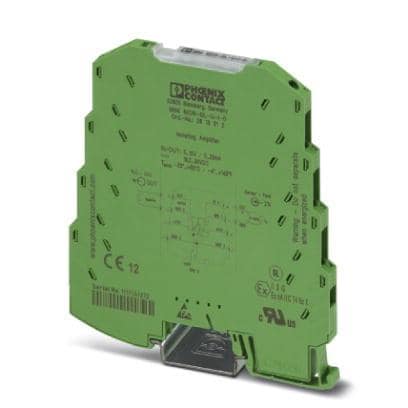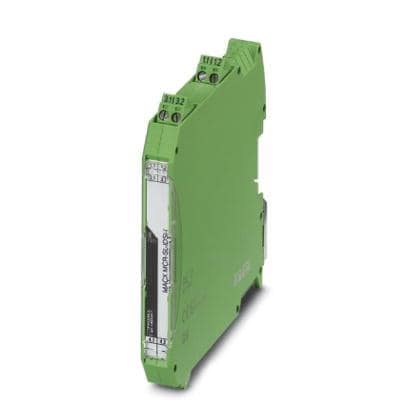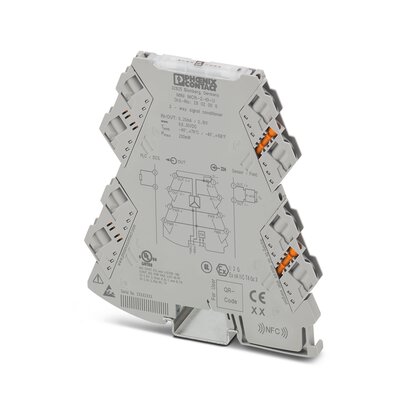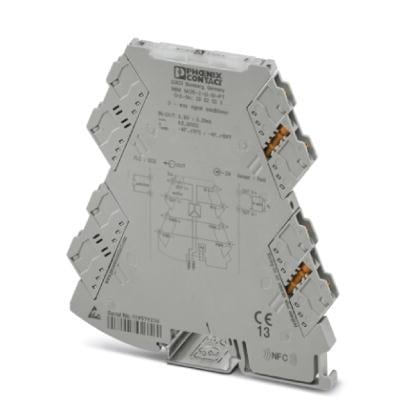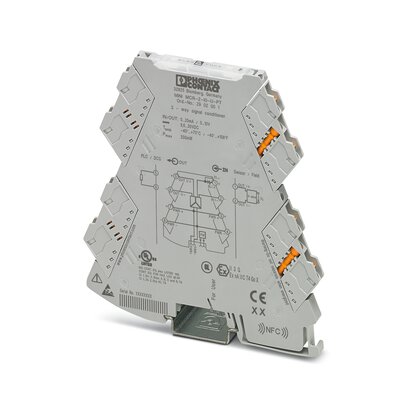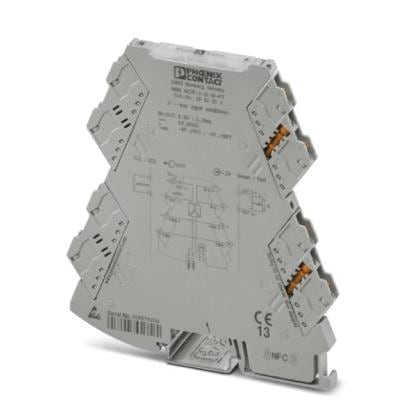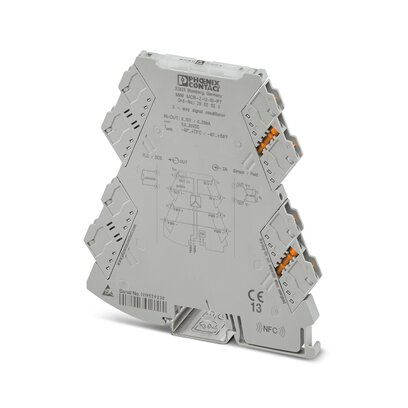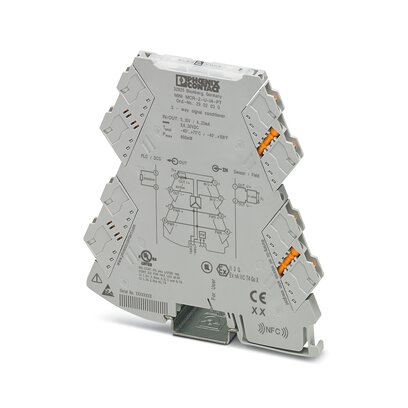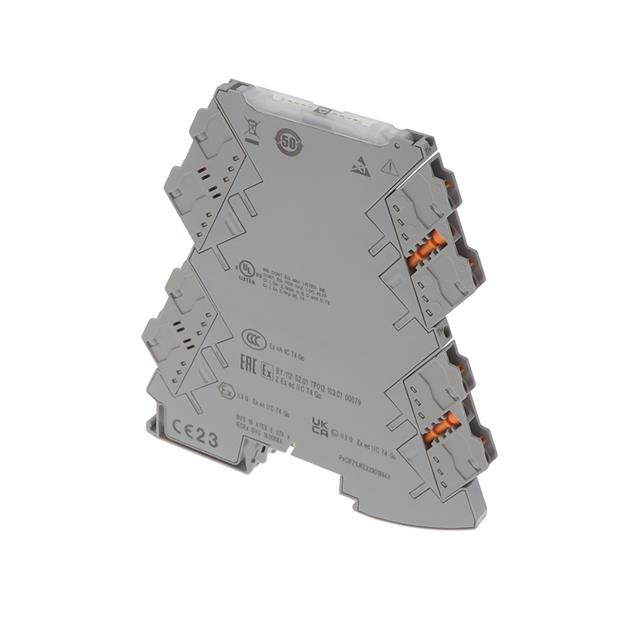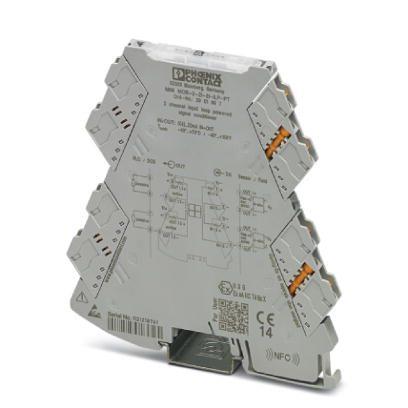
Phoenix Contact
Phoenix Contact is a globally recognized company that specializes in the development and manufacturing of electrical connection, electronic interface, and industrial automation technologies. Founded in Germany in 1923, Phoenix Contact has emerged as a trusted provider of innovative solutions for diverse industries such as automotive, energy, infrastructure, and telecommunications. Their extensive product range encompasses terminal blocks, connectors, relays, power supplies, surge protection devices, and industrial Ethernet solutions. Committed to ensuring safety and reliability, Phoenix Contact adheres to stringent manufacturing standards and rigorous testing procedures, ensuring compliance with international safety and industry regulations. Alongside their comprehensive product offerings, Phoenix Contact provides engineering services, including system design, customization, and technical support. With a global presence and an extensive network of sales offices and production facilities worldwide, they are well-equipped to offer localized support and quick response times. As pioneers in innovation and sustainability, Phoenix Contact continues to drive advancements in electrical and automation technologies, enabling businesses to optimize efficiency, reliability, and safety within their operations. By fostering strong partnerships and understanding customer challenges, Phoenix Contact remains dedicated to facilitating success in an ever-evolving industrial landscape.
Signal Conditioners and Isolators
Results:
142
Series
Operating Temperature
Output Range
Input Range (Current, Voltage)
Voltage - Supply
Isolation
Input Type
Termination Style
Output Type
Type
Mounting Type
Input Range (Additional)
Features
Results remaining:142
Applied Filters:
Phoenix Contact
About Signal Conditioners and Isolators
Signal conditioners and isolators are electronic devices used in industrial applications to enhance the performance and safety of measurement systems.
Signal Conditioners: Signal conditioners are used to convert signals from one level or type to another, typically for sensor measurements. These devices help to improve the accuracy and reliability of the measurement system by amplifying, filtering, or linearizing the signals. Signal conditioners can be used with various types of sensors, such as thermocouples, RTDs, strain gauges, and pressure transducers.
Signal conditioners can be categorized based on various parameters, such as input type, output type, isolation voltage, and additional features. Input types could include voltage, current, or resistance, while output types could be voltage, current, or frequency. Isolation voltage refers to the level of electrical isolation between the input and output circuits. Additional features could include surge protection, signal inversion, or programmable settings.
Isolators: Isolators are devices that separate or isolate one circuit from another in regard to power. They help to prevent ground loops, reduce noise, and provide electrical isolation between different parts of a system. Isolators can be passive or active, depending on whether they require an external power supply.
Isolators can be categorized into various types, such as isolation amplifiers, passive isolators, and signal conditioners. Isolation amplifiers use transformer or optical techniques to provide galvanic isolation between different circuits. Passive isolators, on the other hand, rely on magnetic or capacitive coupling to provide isolation. Signal conditioners can also act as isolators, providing electrical isolation between the input and output circuits.
Isolators can also be defined by various parameters, such as input voltage range, output voltage range, isolation voltage, and common mode rejection ratio (CMRR). Input voltage range refers to the range of voltages that can be applied to the input circuit, while the output voltage range refers to the range of voltages that can be obtained from the output circuit. The isolation voltage indicates the level of electrical isolation provided by the isolator, while CMRR represents the ability of the isolator to reject common-mode signals.
In summary, signal conditioners and isolators are electronic devices used in industrial applications to improve the accuracy, reliability, and safety of measurement systems. Signal conditioners convert signals from one level or type to another, while isolators provide electrical isolation between different parts of a system. These devices can be categorized based on various parameters, such as input type, output type, isolation voltage, and extra features, and are critical components in many industrial applications.





